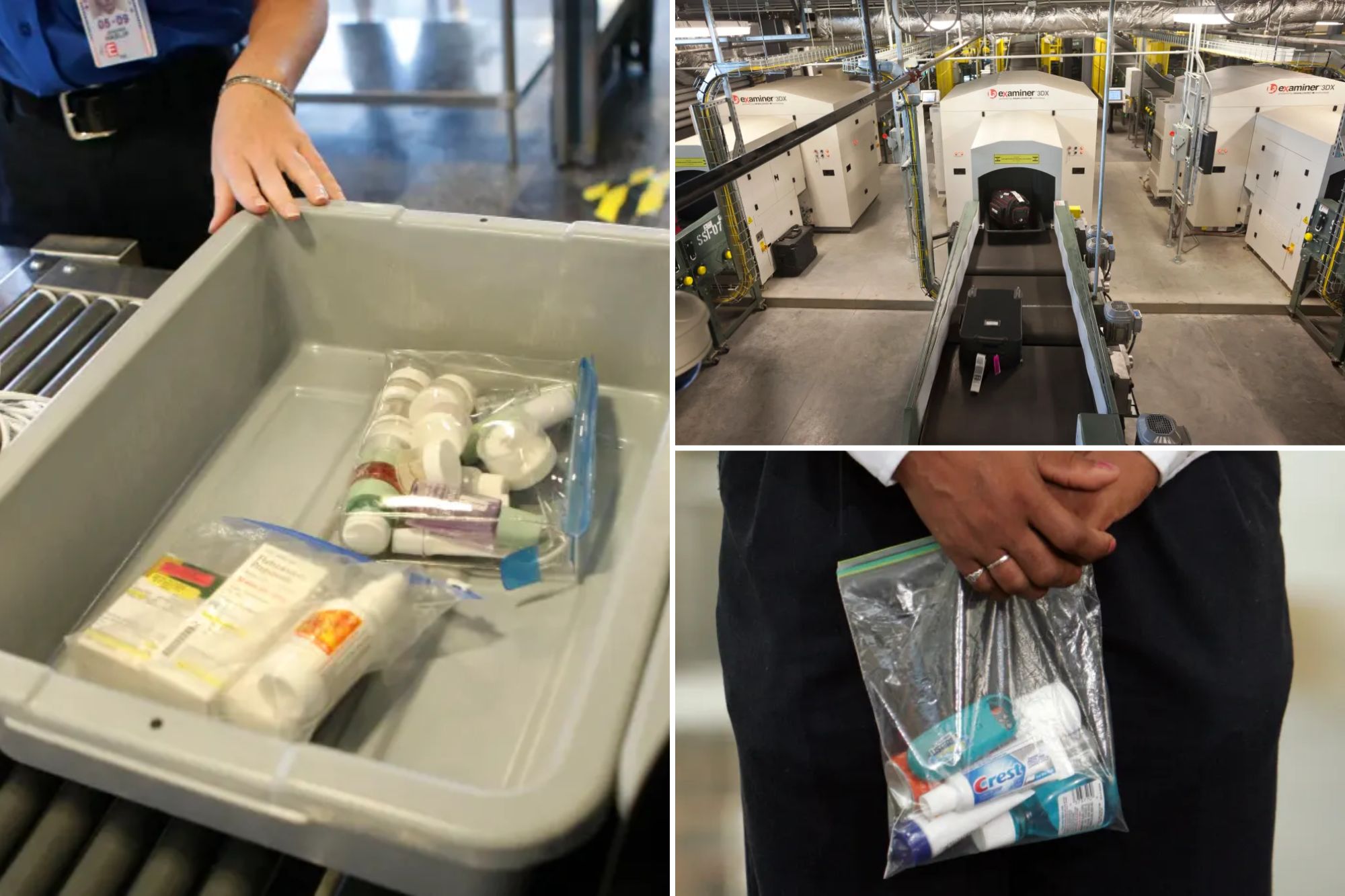Potential Changes to Airport Liquid Restrictions Spark Debate
The possibility of easing restrictions on liquids in carry-on bags at American airports has generated excitement among travelers weary of discarding beverages and toiletries at security checkpoints. However, the reality is more complex, with concerns remaining about security vulnerabilities and the uneven rollout of advanced screening technology.
Homeland Security Secretary Kristi Noem recently hinted at a potential policy shift regarding the size of liquids allowed in carry-on bags. This announcement suggested a future where travelers might be able to bring larger quantities of shampoos, gels, and drinks onto planes. Noem emphasized that any changes would be implemented within a “multilayered screening process” designed to maintain safety.
A Transportation Security Administration (TSA) spokesperson echoed this sentiment, stating that the agency is constantly seeking ways to improve both security and the travel experience.
The Current State of Liquid Restrictions
The current restrictions on liquids, limiting carry-on items to 3.4 ounces (100 milliliters), were implemented following a foiled terrorist plot in the United Kingdom in 2006. In that instance, authorities uncovered a plan to detonate liquid explosives disguised as ordinary beverages on commercial flights. Since then, these limitations have become a standard part of air travel security protocols worldwide.
The 2006 UK Plot: A Turning Point for Aviation Security
The 2006 plot involved a group planning to use a homemade mixture of chemicals concealed within sports drink bottles to create explosions on multiple airliners. Investigators discovered the plot following a surveillance operation that began with the search of a suspicious traveler’s luggage. The traveler had returned from Pakistan with an unusual combination of powdered drink mix and a large number of batteries.
The investigation uncovered a bomb-making operation in a London apartment, where conspirators were assembling devices from drink bottles. Authorities later realized the plotters were researching flight timetables and focusing on creating explosions large enough to create a hole in the aircraft. Coded emails discussing the purchase of aftershave were later deciphered to reveal the acquisition of hydrogen peroxide, a key ingredient in their explosive mixture.
Advanced Screening Technology: A Potential Game Changer
New screening machines utilizing computed tomography (CT) offer a significant improvement in detecting potential threats. These scanners provide screeners with the ability to view items in both two-dimensional and three-dimensional images, which can be rotated for a comprehensive assessment. This technology allows for a clearer view of objects within bags, reducing the need for guesswork and improving the detection of concealed items.
Uneven Implementation of New Technology
Despite the promise of advanced screening technology, its implementation across U.S. airports has been uneven. As of spring of this year, only 255 of the 432 airports in the United States had installed the new CT scanners. While the largest airports were prioritized for the upgrade, full deployment is not expected until 2043.
This disparity raises concerns about potential confusion for travelers who may be subject to different rules depending on the airport they are traveling through. For example, a passenger might be allowed to carry a full-sized bottle of liquid on their departing flight, only to have it confiscated upon their return at an airport without the updated technology.
The cost of the scanners, which exceeds $2 million per unit, and the need for infrastructure modifications, including floor reinforcement and checkpoint redesigns, contribute to the slow rollout.
Security Expert Concerns
Some security experts caution against easing liquid restrictions prematurely. Jeff Price, an aviation security expert, suggests waiting until more airports have deployed the advanced screening systems. While he supports measures like allowing passengers to keep their shoes on during screening, he believes that relaxing liquid restrictions at this stage is too risky. Price emphasizes the importance of maintaining multiple layers of security to prevent potential attacks.
Past Security Lapses
The TSA has faced scrutiny in the past regarding security vulnerabilities. A 2015 report by the Department of Homeland Security’s inspector general revealed that TSA officers failed to detect weapons or explosive materials carried by undercover inspectors in a significant percentage of tests.
TSA’s Defense
Despite past shortcomings, representatives of TSA screeners defend the agency’s record. They highlight that no plane has been brought down due to a security breach since the agency’s inception. They argue that the TSA has effectively protected the skies for over two decades and that even minor lapses in screening do not necessarily translate into a threat on board an aircraft.

